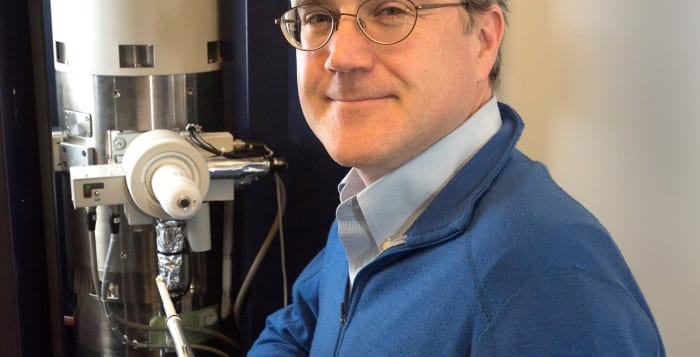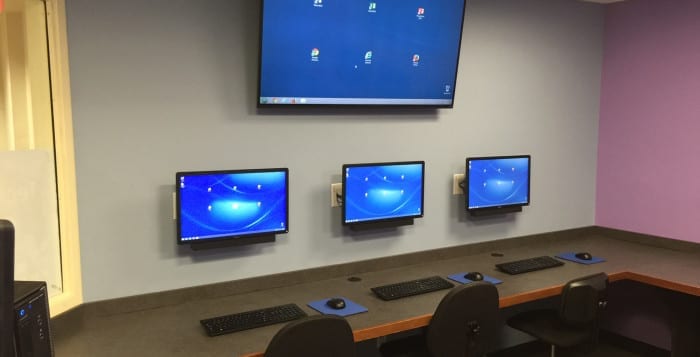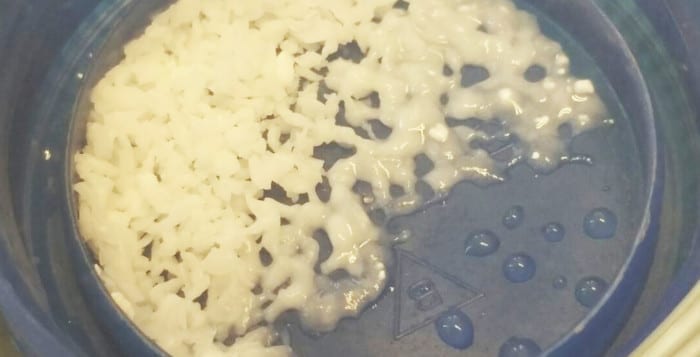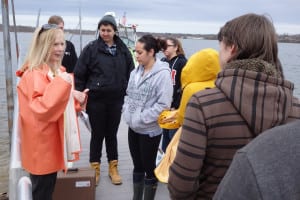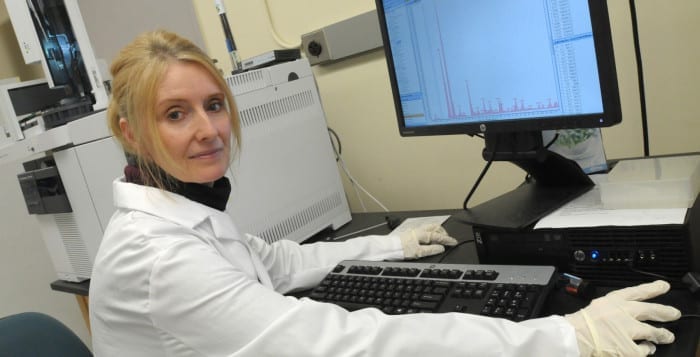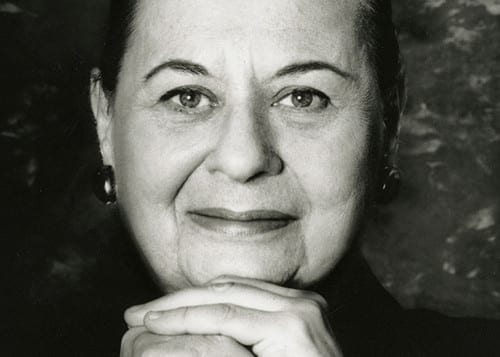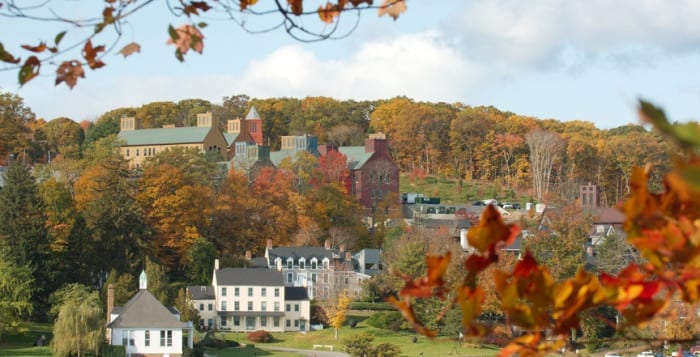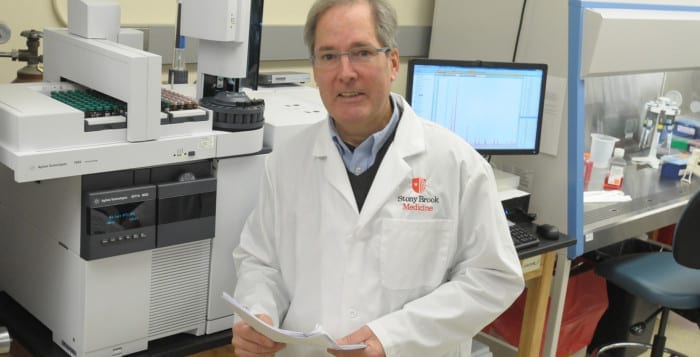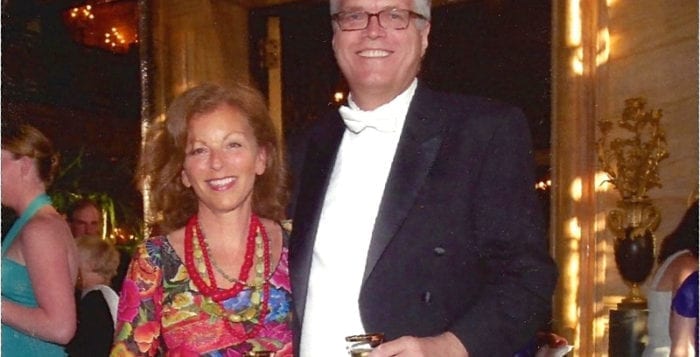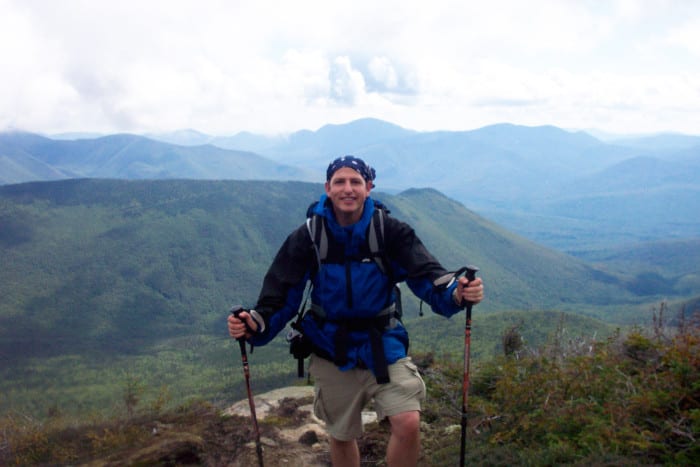In a carpool, one child might be the slowest to get ready, hunting for his second sneaker, putting the finishing touches on the previous night’s homework, or taming a gravity-defying patch of hair. For that group, the slowest child is the rate-limiting step, dictating when everyone arrives at school.
Similarly, chemical reactions have a rate-limiting step, in which the slower speed of one or more reactions dictates the speed and energy needed for a reaction. Scientists use catalysts to speed up those slower steps.
In the world of energy conversion, where experts turn biomass into alcohol, knowing exactly what happens with these catalysts at the atomic level, can be critical to improving the efficiency of the process. A better and more efficient catalyst can make a reaction more efficient and profitable.
That’s where Brookhaven National Laboratory’s Eric Stach enters the picture. The group leader of Electron Microscopy, Stach said there are several steps that are rate-limiting in converting biomass to ethanol.
By using the electron microscope at Center for Functional Nanomaterials, Stach can get a better structural understanding of how the catalysts work and find ways to make them even more efficient.
“If you could lower the energy cost” of some of the higher-energy steps, “the overall system becomes more efficient,” Stach said.
Studying catalysts as they are reacting, rather than in a static way, provides “tremendous progress that puts BNL and the Center for Functional Nanomaterials at the center” of an important emerging ability, said Emilio Mendez, the director of CFN. Looking at individual atoms that might provide insight into ways to improve reactions in energy conversion and energy storage is an example of a real impact Stach has had, Mendez said.
Stach works in a variety of areas, including Earth-abundant solar materials, and battery electrodes, all in an effort to see the structure of materials at an atomic scale.
“I literally take pictures of other people’s materials,” Stach said, although the pictures are of electrons rather than of light.
Stach, who has been working with electron microscopes for 23 years, gathers information from the 10-foot tall microscope, which has 25 primary lenses and numerous smaller lenses that help align the material under exploration.
His work enables him to see how electrons, which are tiny, negatively charged particles, bounce or scatter as they interact with atoms. These interactions reveal the structure of the test materials. When these electrons collide with a gold atom, they bounce strongly, but when they run into a lighter hydrogen or oxygen atom, the effect is smaller.
Since Stach arrived at BNL in 2010, he and his staff have enabled the number of users of the electron microscope facility to triple, estimated Mendez.
“The program has grown because of his leadership,” Mendez said. “He was instrumental in putting the group together and in enlarging the group. Thanks to him, directly or indirectly, the program has thrived.”
Lately, working with experts at the newly-opened National Synchrotron Light Source II, Stach, among other researchers, is looking in real time at changes in the atomic structure of materials like batteries.
In February, Stach was named Special Assistant for Operando Experimentation for the Energy Sciences Directorate.
“The idea is to look at materials while they are performing,” he said. Colleagues at the NSLS-II will shoot a beam of x-rays through the battery to “see where the failure points are,” he said. At the same time, Stach and his team will confirm and explore the atomic-scale structure of materials at Electron Microscopy.
Working with batteries, solar cells, and other materials suits Stach, who said he “likes to learn new things frequently.”
Residents of Setauket, Stach and his wife Dana Adamson, who works at North Shore Montessori School, have an 11-year old daughter, Gwyneth, and a nine year-old son, Augustus. The family routinely perambulates around Melville Park with their black lab, Lola.
In his work, Stach said he often has an idea of the structure of a material when he learns about its properties or composition, even before he uses the electron microscope. “The more interesting [moments] are when you get it wrong,” he said. “That’s what indicates something fundamentally new is going on, and that’s what’s exciting.”

